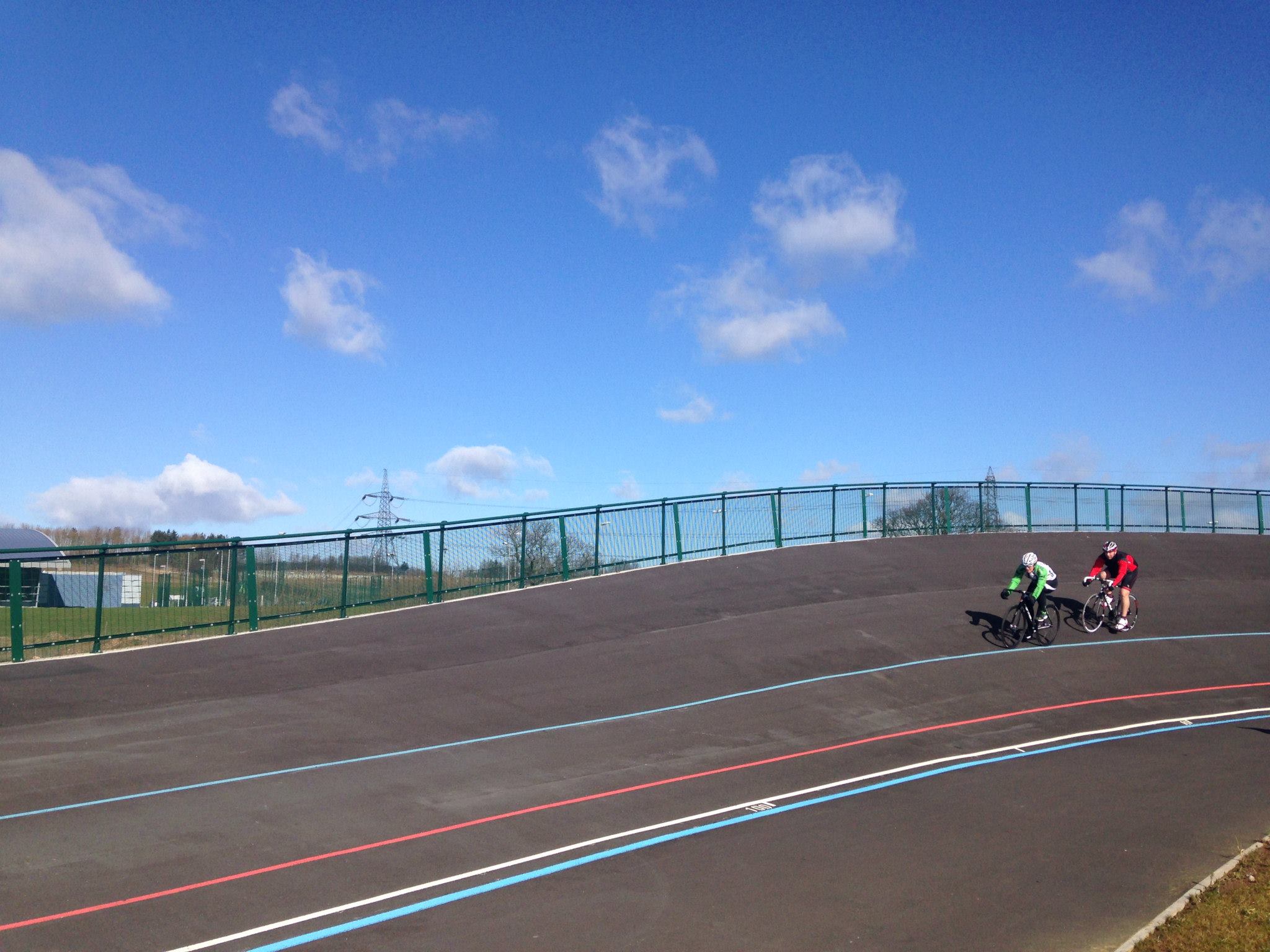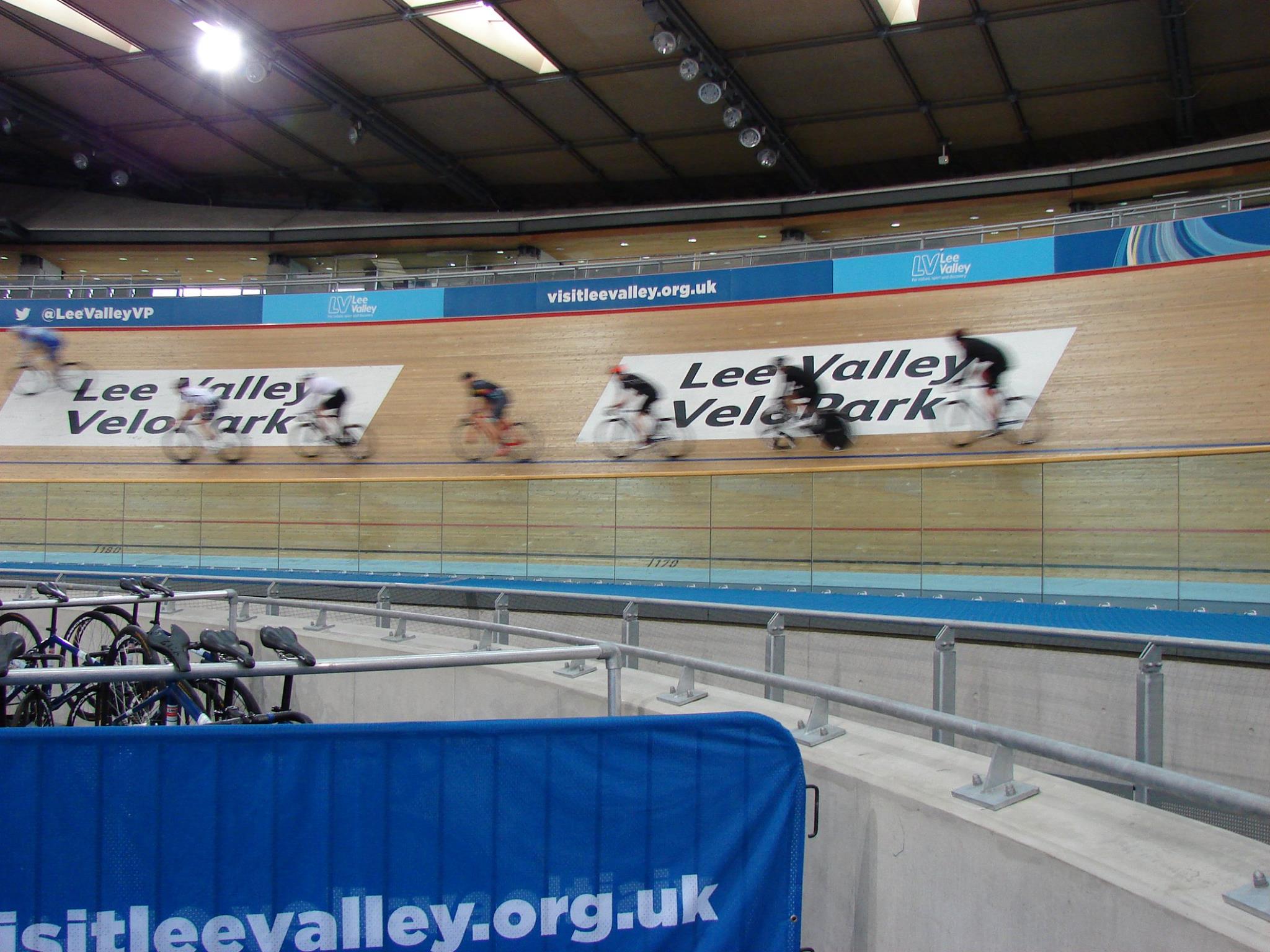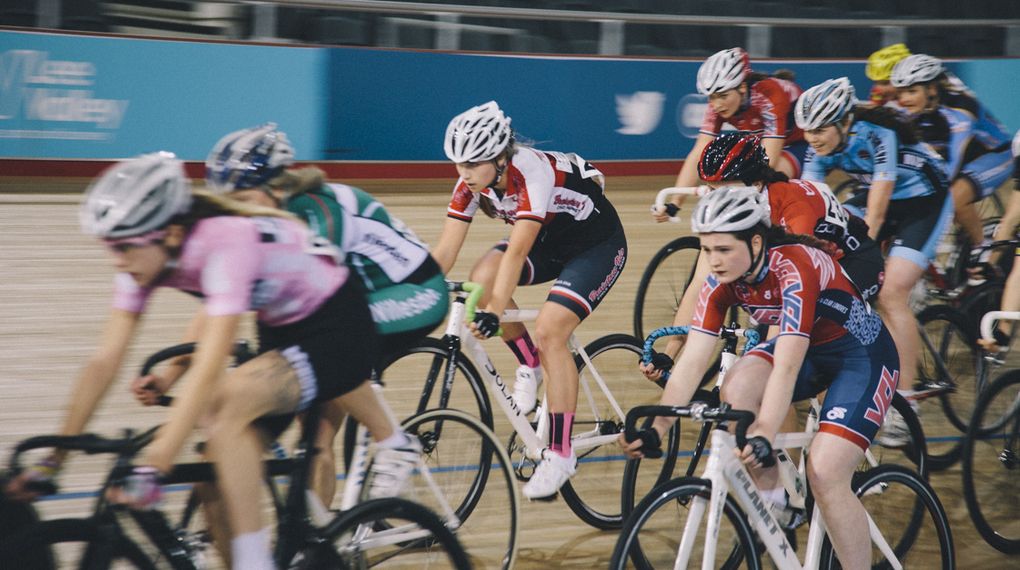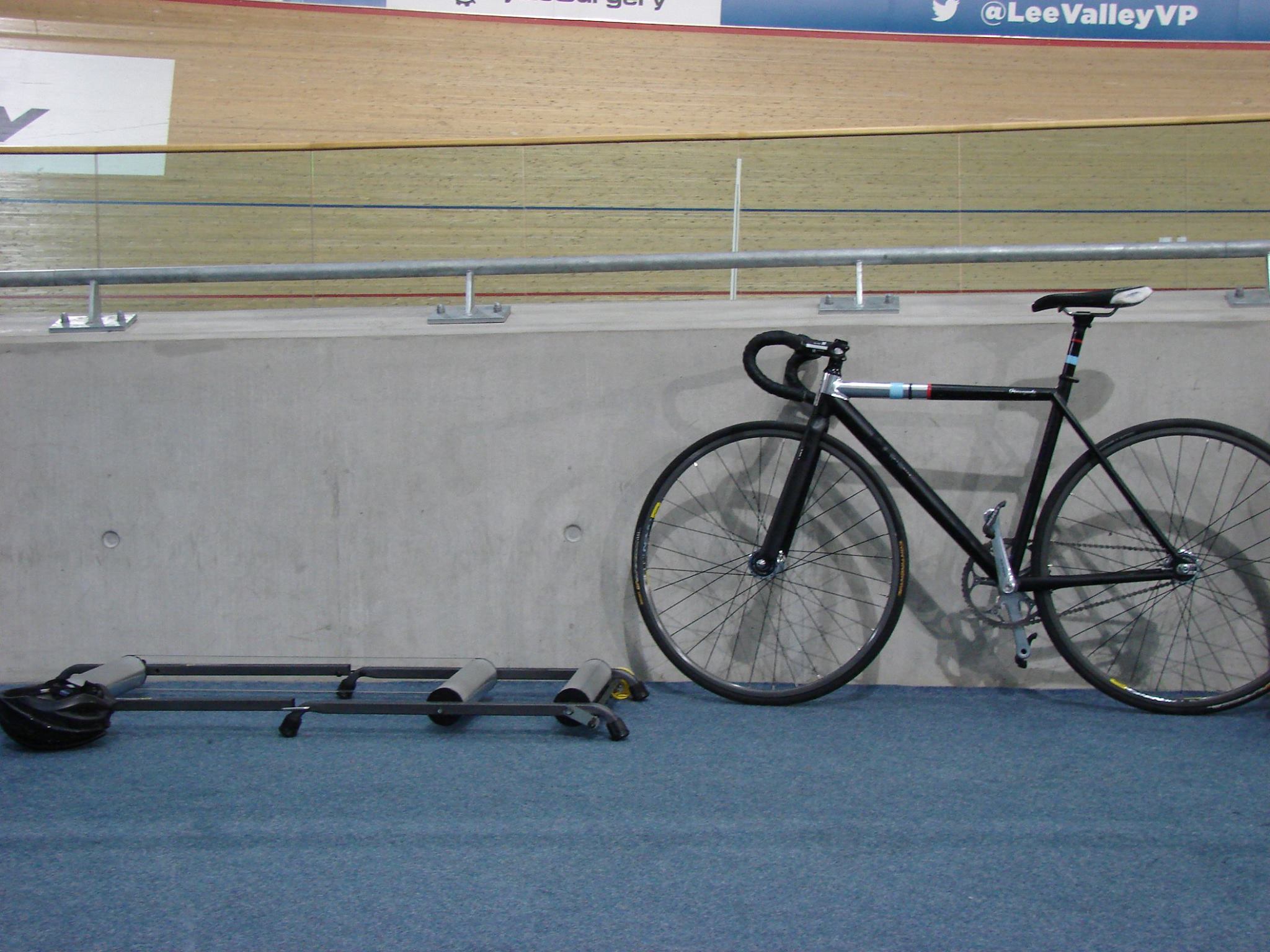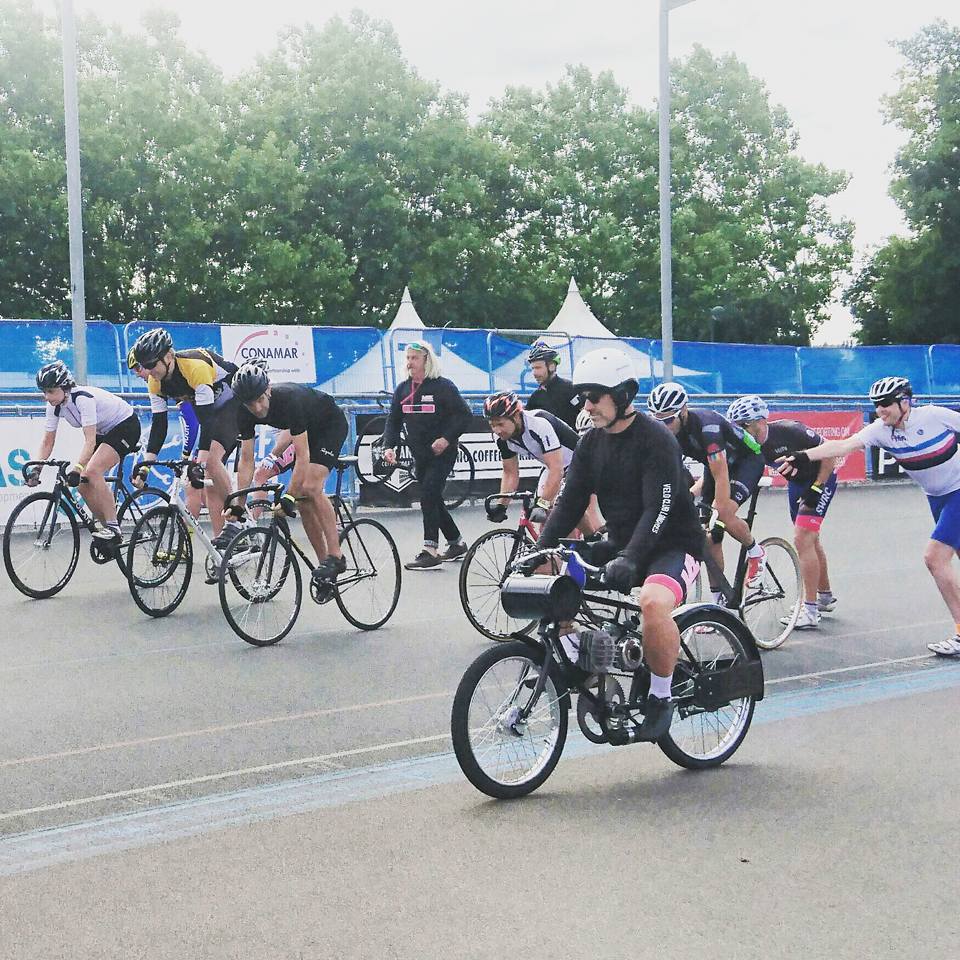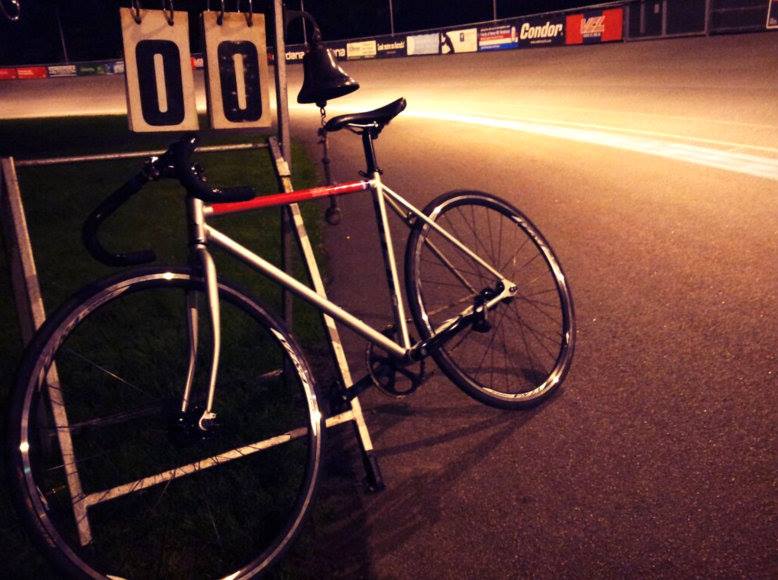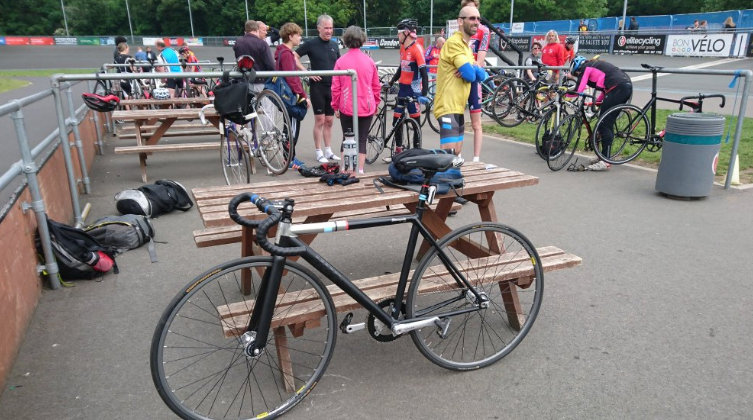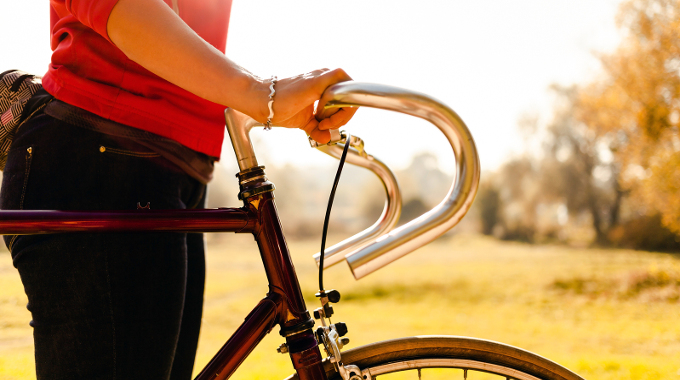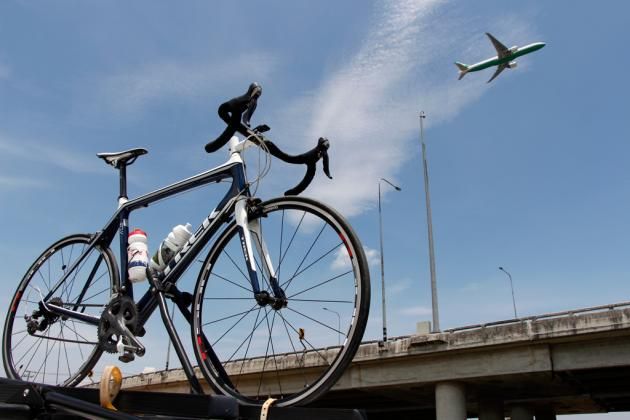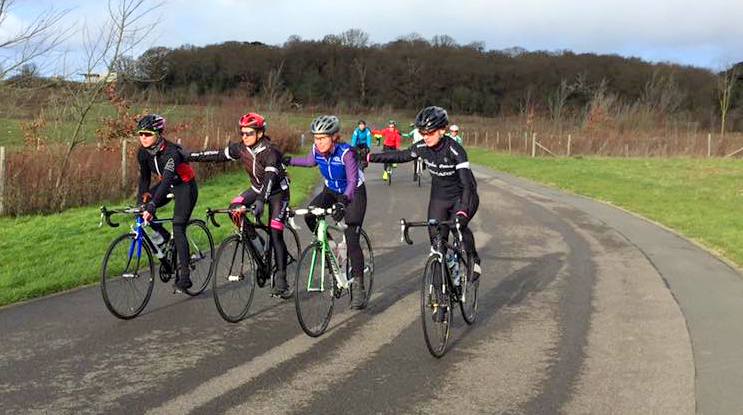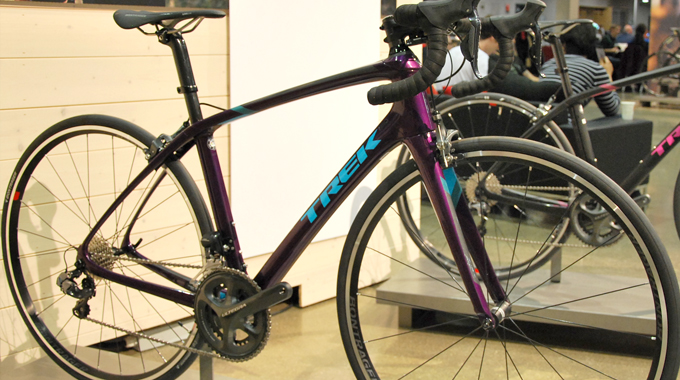Back in October we published an article about track taster days – how non-scary, exhilarating and incredible they were – and why everyone should give one a try.
That was nine months ago – and in that time I’ve gone from being vaguely interested and enjoying the track, to being just a little bit in love with it. I’ve passed my Race Accreditation at Herne Hill and Lee Valley. I’ve learnt loads, raced only four track leagues (the pursuit of a 2nd cat road license and diary clashes just keep getting in the way!)… and admittedly crashed once.
Despite a relative lack of racing – I’ve been to regular training sessions and enjoyed every second of it. Ok, except occasionally being dropped and crashing – but I also won an Elimination race and came second in a Points race, and both of those felt pretty amazeballs.
It’s easy to believe that track cycling is all about being fast. Obviously, the end goal is to be the fastest over the line – but there’s actually an awful lot more to it than that.
Contrary to popular belief, there’s also a lot of training available to beginners. At my own local track at Herne Hill, weekly women’s sessions cater for all abilities. Baggy shorts and trainers strapped in are just as welcome as skinsuits and aero helmets.
So, there’s no excuse for not giving it a go. Here are seven ways ANYONE can benefit from track cycling…
There’s LOADS of variety
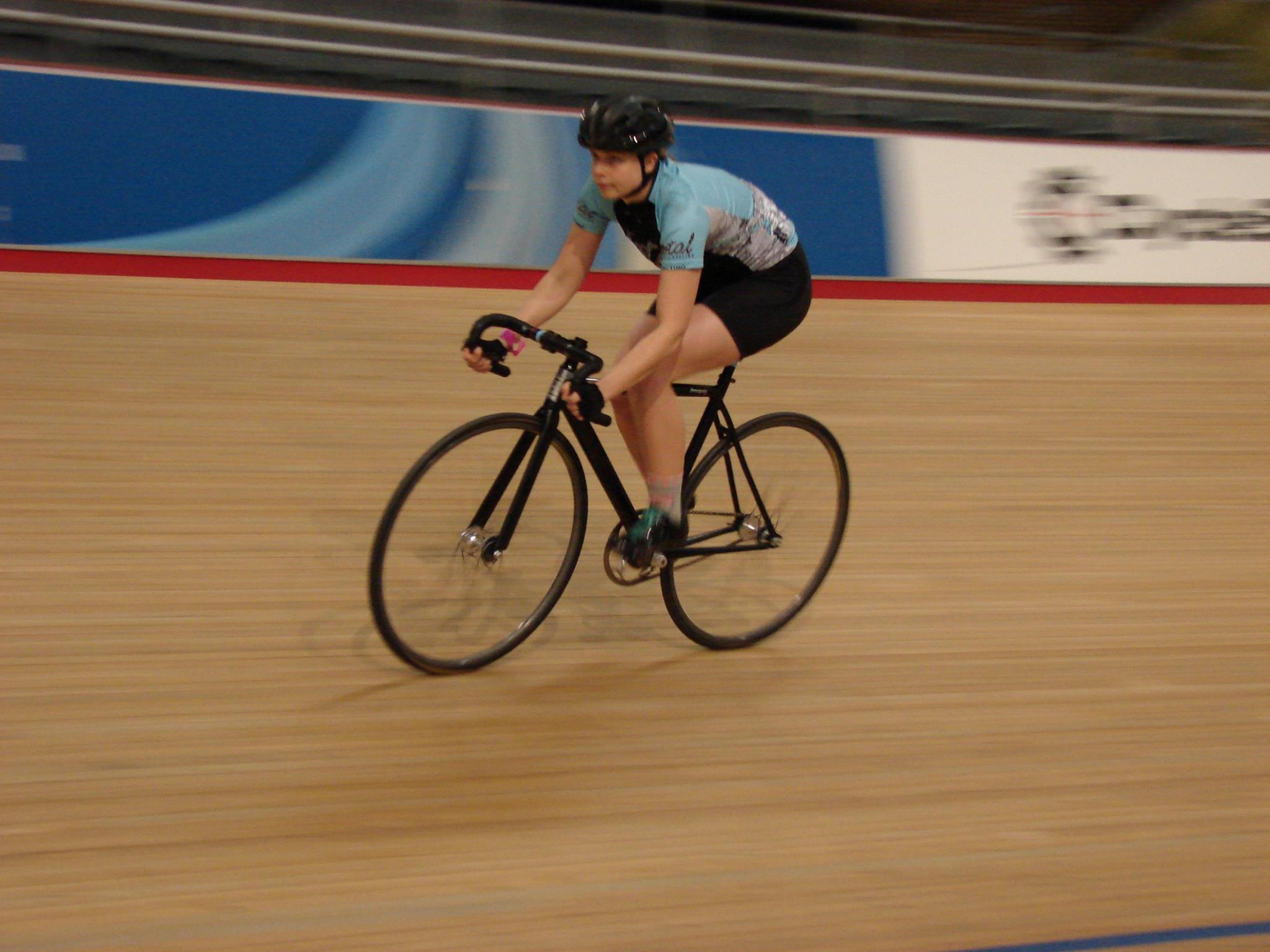
It’s not all bunch riding – there are solo efforts too. And when it is bunch racing, there are loads of different formats to suit assorted skills. You’ll find one style of racing – or just one exercise completed in training – that you love. Working on that innate strength will send your confidence soaring, and it also helps soften the blow when you find an area where you ‘could do better’.
It’s not just exercises and racing where there’s variety, either. Most velodromes run tons of different sessions, aimed at a wide range of abilities – ages and genders. There will be a session that you fit into and you’ll almost always be able to hire a bike.
As Katie Archibald commented when speaking to us recently, if you do decide to race – track league events often consist of lots of short races. She told us: “Most velodromes host a league, it’s [usually] once a week that you can race, and just learn! You make one mistake and you’re like ‘ugh, balls, I wish I hadn’t done that!’ but there’s another race in 10 minutes, you can try it again!”

